Oxalate induces breast cancer
- PMID: 26493452
- PMCID: PMC4618885
- DOI: 10.1186/s12885-015-1747-2
Oxalate induces breast cancer
Abstract
Background: Microcalcifications can be the early and only presenting sign of breast cancer. One shared characteristic of breast cancer is the appearance of mammographic mammary microcalcifications that can routinely be used to detect breast cancer in its initial stages, which is of key importance due to the possibility that early detection allows the application of more conservative therapies for a better patient outcome. The mechanism by which mammary microcalcifications are formed is still largely unknown but breast cancers presenting microcalcifications are more often associated with a poorer prognosis.
Methods: We combined Capillary Electrochromatography, histology, and gene expression (qRT-PCR) to analyze patient-matched normal breast tissue vs. breast tumor. Potential carcinogenicity of oxalate was tested by its inoculation into mice. All data were subjected to statistical analysis.
Results: To study the biological significance of oxalates within the breast tumor microenvironment, we measured oxalate concentration in both human breast tumor tissues and adjoining non-pathological breast tissues. We found that all tested breast tumor tissues contain a higher concentration of oxalates than their counterpart non-pathological breast tissue. Moreover, it was established that oxalate induces proliferation of breast cells and stimulates the expression of a pro-tumorigenic gene c-fos. Furthermore, oxalate generates highly malignant and undifferentiated tumors when it was injected into the mammary fatpad in female mice, but not when injected into their back, indicating that oxalate does not induce cancer formation in all types of tissues. Moreover, neither human kidney-epithelial cells nor mouse fibroblast cells proliferate when are treated with oxalate.
Conclusions: We found that the chronic exposure of breast epithelial cells to oxalate promotes the transformation of breast cells from normal to tumor cells, inducing the expression of a proto-oncogen as c-fos and proliferation in breast cancer cells. Furthermore, oxalate has a carcinogenic effect when injected into the mammary fatpad in mice, generating highly malignant and undifferentiated tumors with the characteristics of fibrosarcomas of the breast. As oxalates seem to promote these differences, it is expected that a significant reduction in the incidence of breast cancer tumors could be reached if it were possible to control oxalate production or its carcinogenic activity.
Figures
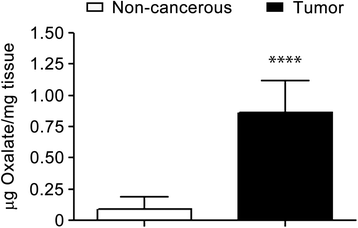
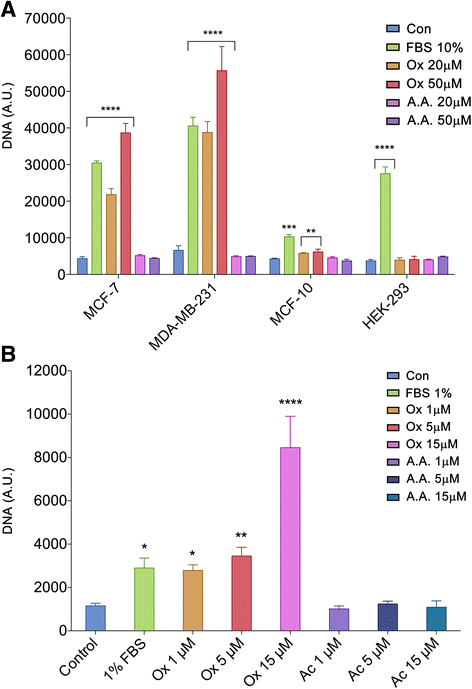

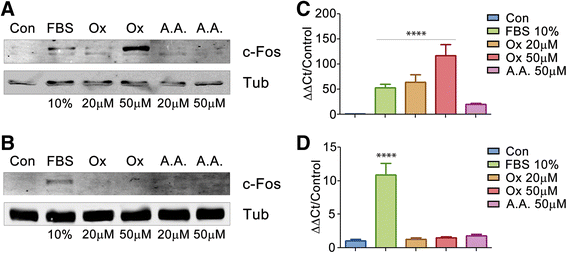
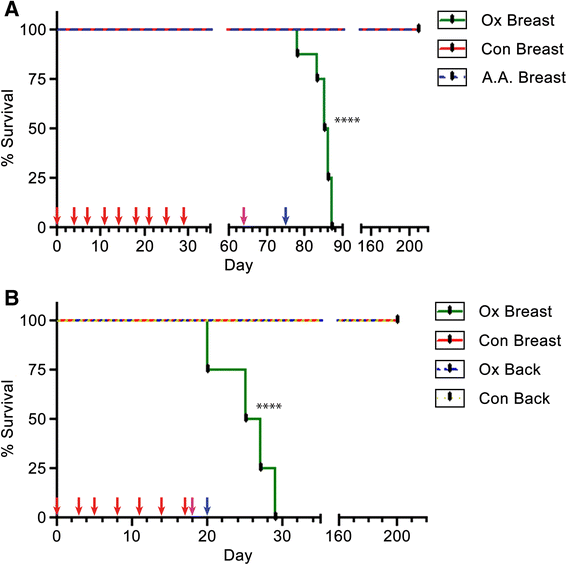
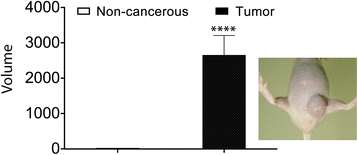
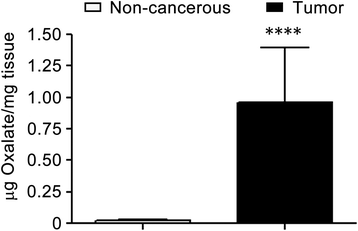
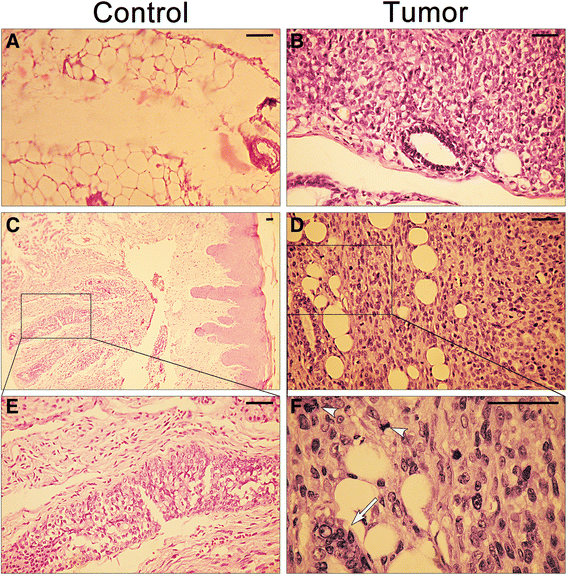
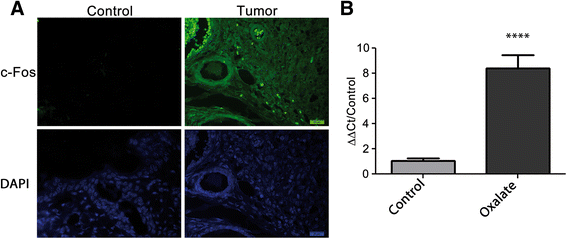
Comment in
-
Re: Oxalate Induces Breast Cancer.J Urol. 2016 Jul;196(1):282. doi: 10.1016/j.juro.2016.04.006. Epub 2016 Apr 14. J Urol. 2016. PMID: 27321541 No abstract available.
References
-
- Siegel R, Ma J, Zou Z, Jemal A. Global cancer statistics. CA Cancer J Clin. 2014;61(2):69–90.
-
- Holme TC, Reis MM, Thompson A, Robertson A, Parham D, Hickman P, Preece PE. Is mammographic microcalcification of biological significance? Eur J Surg Oncol. 1993;19(3):250–3. - PubMed
Publication types
MeSH terms
Substances
LinkOut - more resources
Full Text Sources
Other Literature Sources
Medical
Research Materials

